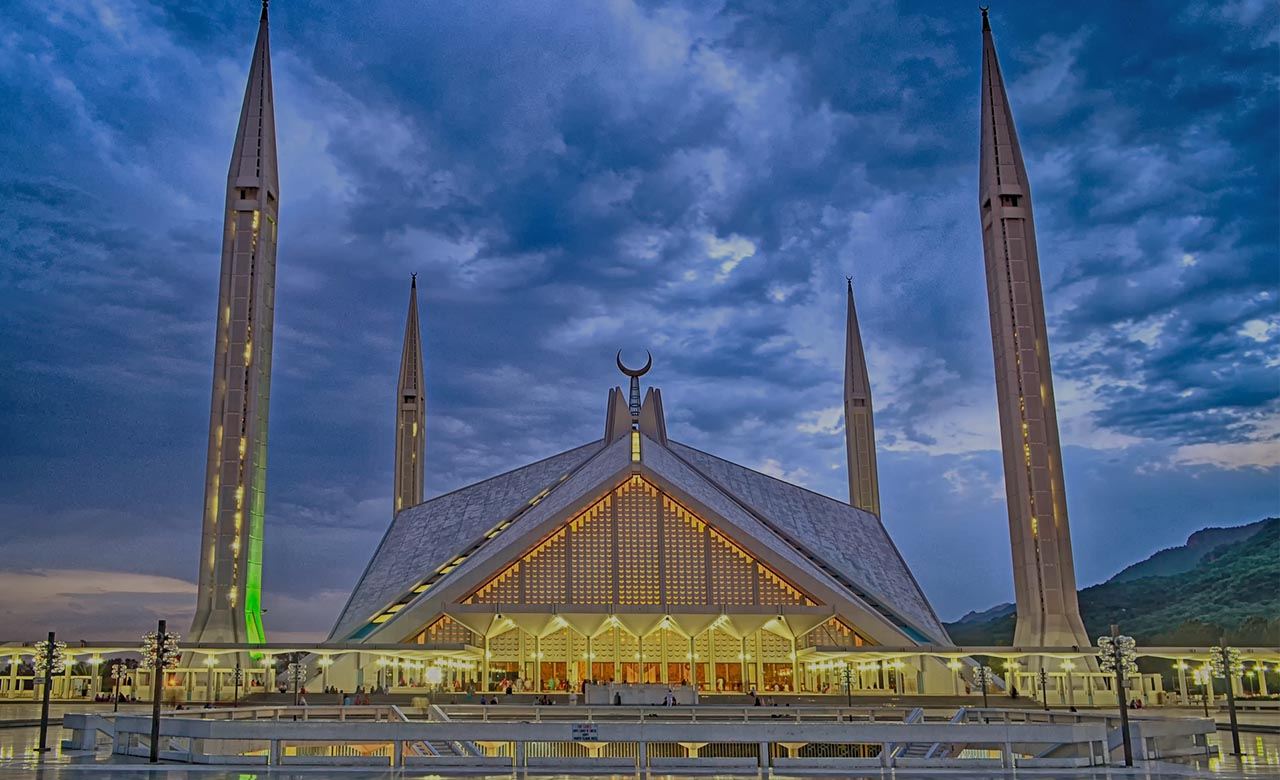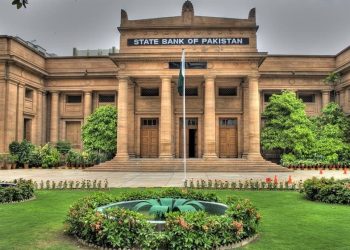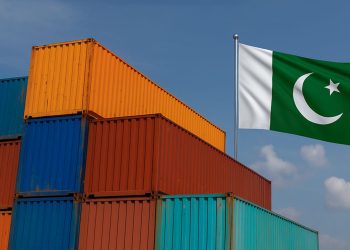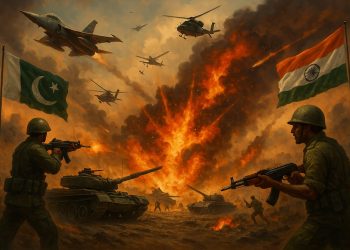Pakistan is a land of vast potential and countless opportunities, of breathtaking landscapes and hospitable people, of rich traditions and unmatched resilience. Now Pakistan is going towards a new era of progress, peace, and prosperity. According to BMI”s report in 2016 Pakistan named one of the ten emerging economies.‘Emerging Pakistan’ is the narrative of a youthful and. vibrant Pakistan. Pakistan is a land that is fill up with Natural Resources and Natural Beauty. An Emerging Pakistan will be the Gateway to Opportunities.
Pakistan an Emerging Economy
Pakistan has been suffering the worst kind of terrorism and extremism for decades. In the war against terrorism, Pakistan has suffered a loss of fifty thousand precious lives including the loss of almost $80 billion in terms of economy. The economy of Pakistan is currently the 23rd largest in the world in terms of purchasing power parity (PPP) and 42nd largest in terms of nominal gross domestic product. Pakistan is a developing country with a semi-industrialized economy. It is reckoned by research economists as one of the Next Eleven, the upcoming eleven countries with the potential to be among the world’s booming economies in the 21st century.

It is currently undertaking ambitious economic reforms aimed at attracting foreign investment. Pakistan has a population of over 207 million (the world’s 6th largest), giving it a nominal growth domestic product (GDP) per capita of $1,641. In 2018, Pakistan’s economy grew by 5.2 percent, and its GDP in terms of purchasing power parity crossed $1 trillion. The total volume of Pakistan’s external trade stood at approximately $77 billion. The exports of Pakistan in 2020 are $22.505 billion. Growth poles of Pakistan’s economy are mainly situated in the diversified economies of Karachi and major urban centers in Punjab. Karachi is the financial center of Pakistan.
Major Sectors of Economy
• Agriculture: In the fiscal year 2018, Pakistan produced 26,674,000 tons of wheat, more than all of Africa, and nearly as much as all of South America.
• Industry: Pakistan’s industrial sector accounts for about 20.9 percent of GDP.
• Textile: The country is the 8th largest exporter of textile commodities in Asia. The textile sector contributes 8.5 percent to the GDP of Pakistan.
• Mining: Mining and quarrying contribute 13.19 percent of the industrial sector and its share in GDP is 2.8 percent. The sector grew by 3.04 percent in 2018.

China-Pakistan Agreement
According to the agreements, China will also help Pakistan in building its infrastructure, especially in the energy sector. The corridor will connect China to the Arabian Sea through Gawadar Port. In a further extension, this route will lead to connecting the Central Asian States through Afghanistan with Gawadar Port. After the completion of this project, Pakistan’s International trade would be dramatically increased and through the International seaport (Gawadar) government could get huge money in terms of revenue.
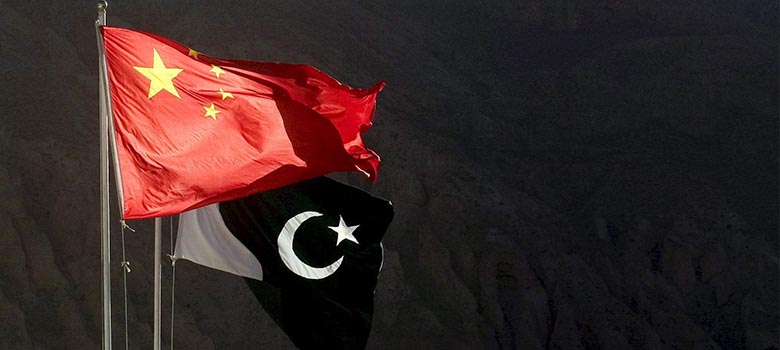
Due to the poor management of previous governments, Pakistan has been facing the worst kind of energy shortfall for the last many years. This issue badly affects the overall growth of the country. The current government has put the issue on high ground and with the help of China and other countries, a number of massive energy projects are under construction. Hopefully, in the next three years, the shortfall could be defeated. It is interesting that despite the worst kind of energy shortfall, the industries are still showing growth, and it’s obvious that once this crucial shortfall of energy solved the overall growth rate of the country would be increased with more high-speed.
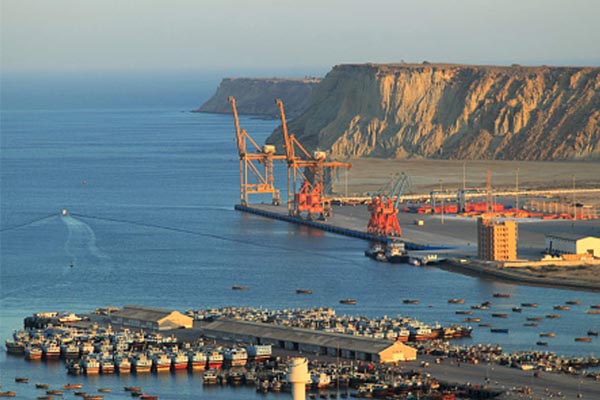
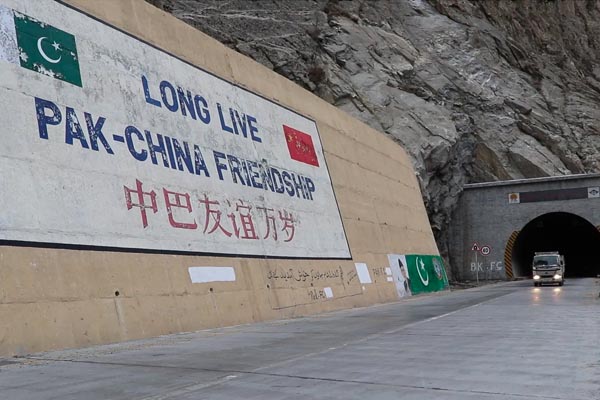
The growth rate of Pakistan is still low but it is increasing day by day. It is rarely seen that a country which was badly affected by terrorism and facing severe problems, but after all these issues, it shows growth and in such a level as Pakistan showing nowadays.
Digital Pakistan
A key goal of the Digital Pakistan Policy is to create a digital ecosystem with infrastructure and institutional frameworks for the rapid delivery of innovative digital services, applications, and content. Pakistan introduced its first ‘Digital Pakistan policy’ back in 2018. The primary aim of this policy was to bolster the IT industry by building a digital ecosystem. Taking a step forward PM Imran Khan launched a ‘Digital Pakistan Vision’ in December 2019 with an aim of enhancing connectivity, improving digital infrastructure, increasing investment in digital skills, promoting innovation, and tech. Entrepreneurship and other digital aspects will result in an emerging Pakistan.

Pakistan is ranked 4th in terms of broadband internet growth in the world. Due to the emergence of 3G and 4G, the size of the e-commerce market, one of the most important drivers of a digital Pakistan, is expected to grow up to US $ 1 billion by 2020. Pakistan is making good progress on Business to Business (B2B) front as the software industry aims to achieve the goal of US $5 billion export mark by the year 2020 through software development and service out-sourcing.
The future is digital. A solid digital policy needs to be in place to enable Pakistan to grow while facing the challenges of the digital world. Pakistan’s economic condition is weak due to low exports and high imports our tax collection system is also inefficient. The lack of government funds makes it inevitable to borrow from the IMF and others. The devaluation of PKR is also due to the trade deficit and soaring borrowings.
Following are the areas focused by digital Pakistan:
ACCESS & CONNECTIVITY
- Low-cost devices & Internet access
- Affordability of data
- Taxation of broadband Internet
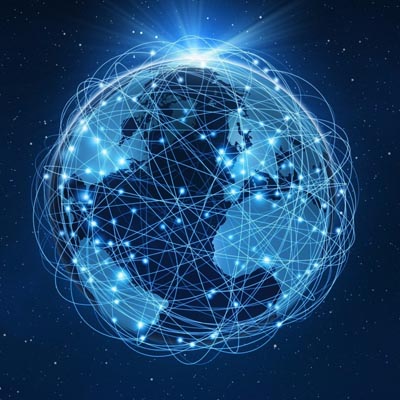
DIGITAL INFRASTRUCTURE
- Regulations and mechanisms for the digital economy
- Identity systems
- Payment solutions

E-GOVERNMENT
- Paperless procurement
- Easy sharing of data within depts.
- Interlink/ expand govt. resources
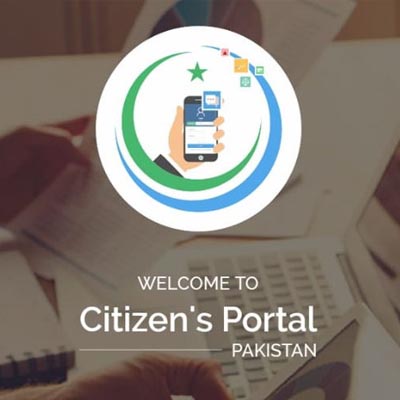
DIGITAL SKILLS & TRAINING
- Technical skills
- Boot camps, vocational opportunities.
- Digital literacy

INNOVATION & ENTREPRENEURSHIP
- Enable the start-up ecosystem
- Ease of business
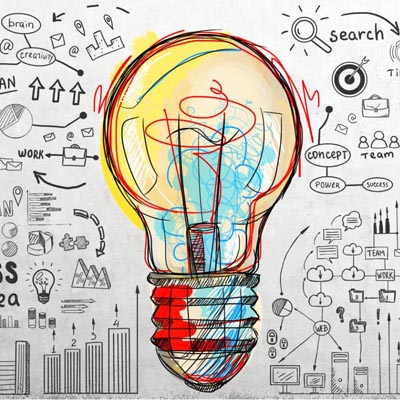
Pakistan as Tourism Hub
From the mighty stretches of the Karakorams in the North to the vast alluvial delta of the Indus River in the South, Pakistan remains a land of high adventure and nature. Trekking, mountaineering, white water rafting, wild boar hunting, mountain and desert jeep safaris, camel and yak safaris, trout fishing, and bird watching, are a few activities, which entice the adventure and nature lovers to Pakistan. Pakistan is endowed with a rich and varied flora and fauna.
The high Himalayas, the Karakoram, and the Hindukush range with their alpine meadows and permanent snow line, coniferous forests down the sub-mountain scrub, the vast Indus plain merging into the great desert, the coastline, and wetlands, all offer a remarkably rich variety of vegetation and associated wildlife including avifauna, both endemic and migratory. Ten of 18 mammalian orders are represented in Pakistan with species ranging from the world’s smallest surviving mammals, the Mediterranean Pigmy Shrew, to the largest mammal ever known; the blue whale.
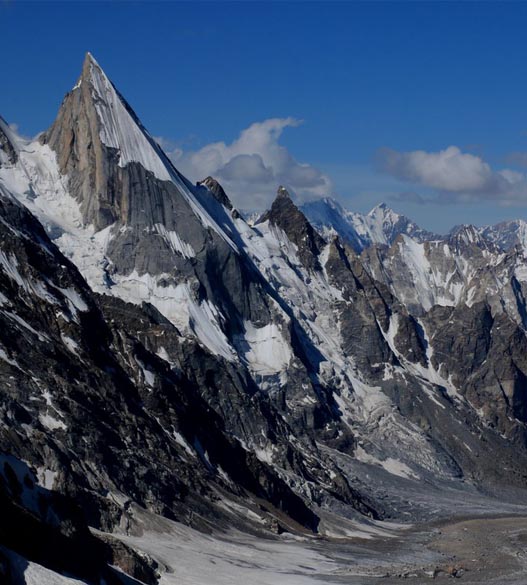
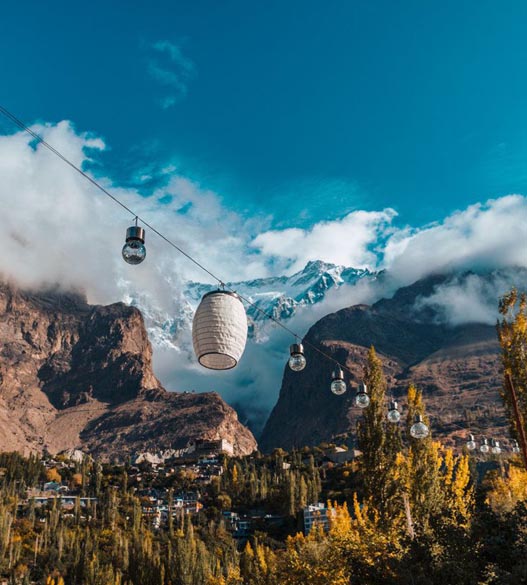
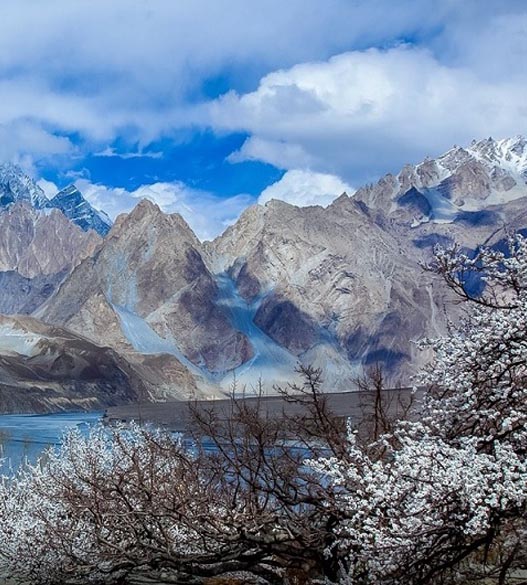
Tourism Growth
The significantly improved security situation has helped boost annual tourist arrivals in Pakistan by 300% since 2013 to 1.75 million in 2018, while domestic travelers increased 30% to 38.3 million, according to the state-owned Pakistan Tourism Development Corp. Hotel bookings increased 80 percent in 2018.
Economic Impact of Tourism
Pakistan tourism industry generates $20 billion in revenue and supports 3.6 million jobs directly and indirectly, according to the World Travel and Tourism Council. Foreign visitors generate nearly a billion US$ in exports.
